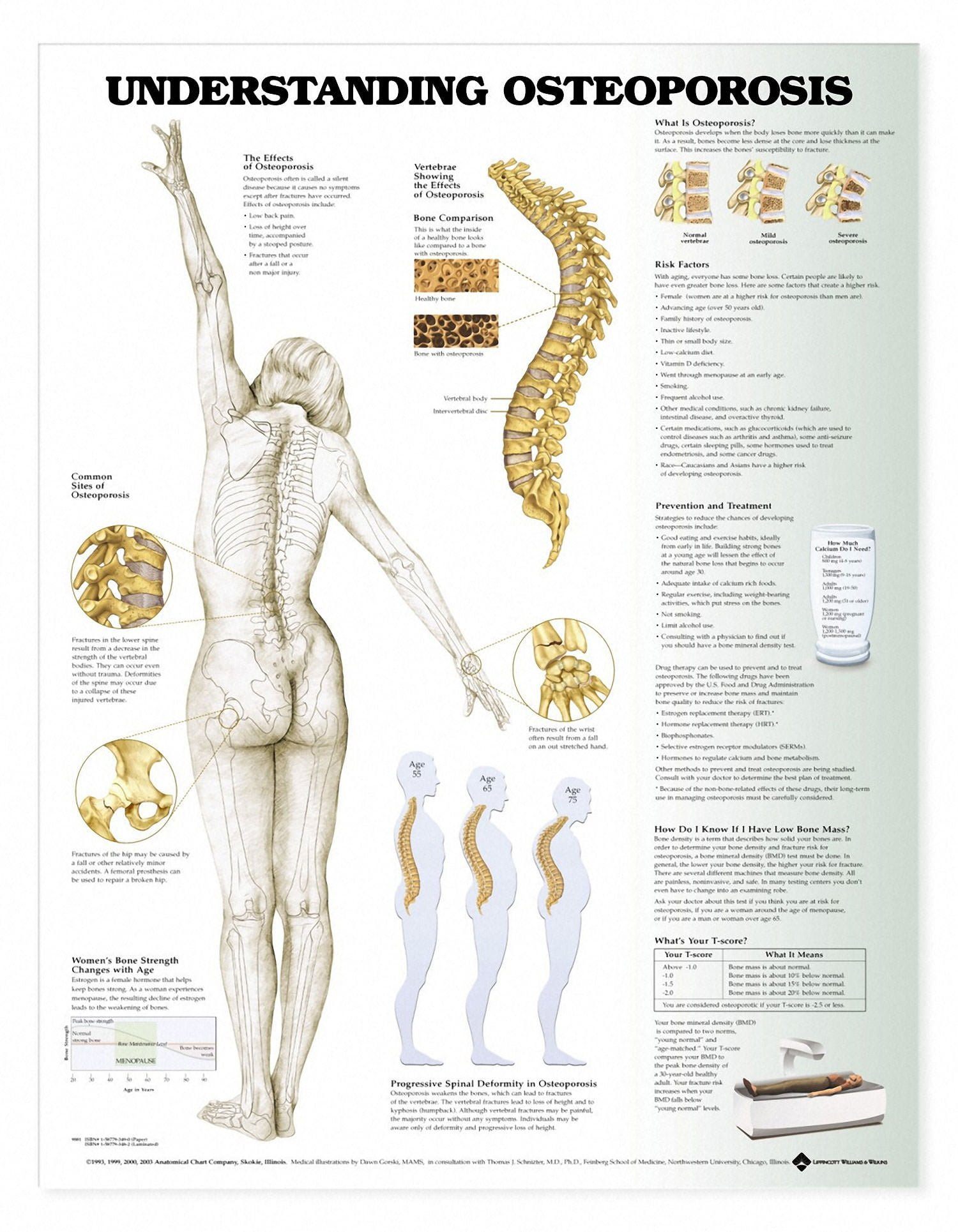If a bone density scan has indicated you are in danger of osteoporosis, research reveals that an effective strategy is increasing dietary vitamin D and calcium or taking vitamin D and calcium combination supplements. For most men and women, prescription bone-building medications ought to be a last resort. The research revealed that individuals increasing their intake of calcium and vitamin D generally increase bone mineral density along with reducing risk of hip fracture considerably. These outcomes had been often achieved by means of supplements, but food is good source of these nutrients as well.[1]
The researchers explained that prescription bone-building drugs are costly, and most have side effects, which ironically include an increase in hip fractures and jaw necrosis. Medications ought to be used only if diet and supplements do not have the desired effect. Bisphosphonates, for example, disrupt the remodeling of normal bone by shutting down the osteoclasts-the cells which break down old bone to produce new bone. When this takes place, new bone is made over old bone. Bone density is higher, but the bone is not necessarily structurally sound.
Although a bone density test reports if you are doing better, there could still be a risk of fracture, as the test measures the quantity of bone, and not the quality. A woman in midlife will be able to get sufficient calcium in her diet without putting on weight. Menopausal women need to consume 1,200 milligrams of calcium daily. 3 glasses of 1% to skim milk provides up to 900 milligrams. The remainder could easily be provided via calcium-rich and calcium-fortified foods.
The amount of foods fortified with vitamin D and calcium is growing on an ongoing basis. Examples are orange juice, soy milk, yogurt, cereal, crackers, breakfast bars, bread, and even pancakes.The researchers also investigated the effects of vitamin K, dietary protein, soy, and sodium in their evaluation.
The USDA food pyramid guidelines advise that Americans reduce their sodium intake. Adhering to a low-sodium diet does appear to have a beneficial effect on bone density. Many individuals have the habit of putting a generous amount of salt on to the majority of foods before consuming, but there is more involved than learning to avoid doing that. It’s important to choose different foods.
Processed or smoked meats, bacon, lunch meat, and other processed foods all have a great deal of sodium and can sabotage bone health. Cheese can also be rather high in sodium so try getting your calcium another way more often.
A “portfolio diet” which consists of a number of nutrients, not only extra vitamin D and calcium, is recommended. For bone health, the researchers also encourage having ample protein, less sodium, and more potassium and magnesium.
That can be achieved by following a diet which is high in vegetables and fruit, provides adequate calcium and protein, and is light on salt.
The National Osteoporosis Foundation advises more physical activity. A combination of aerobic, strength, balance, and flexibility exercises with a focus on improving your core muscles is suggested.
Whichever kind of exercise you are doing, it’s important to bring in new types of activity once in awhile due to the fact your bones will stop responding to the same old routine and rebuilding will decrease.
